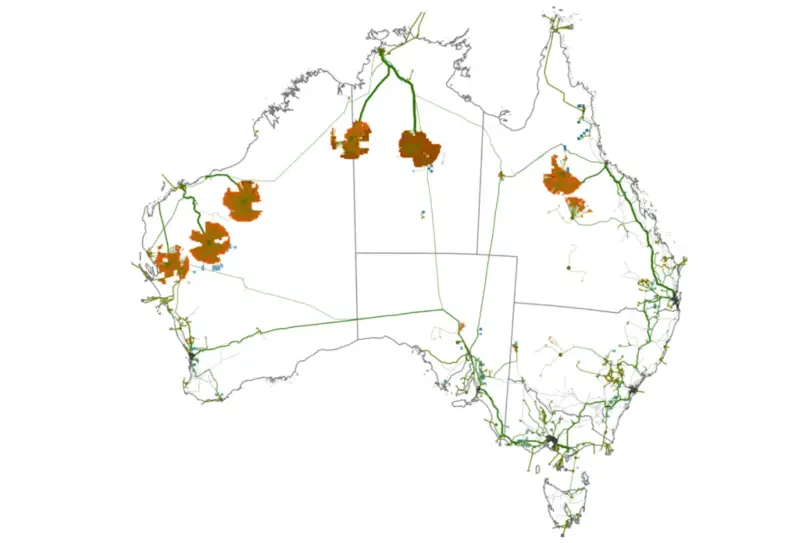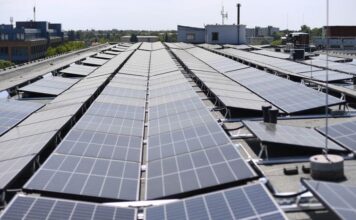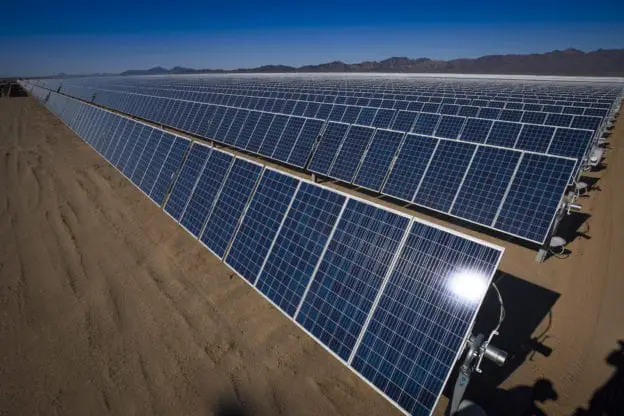Australia has abundant sunshine and an almost vast desert, which can be said to be one of the best places to develop hydrogen production from solar energy and renewable energy.
But Australia is also a big mining country. How much green energy does it need to build to meet its own net zero demand?
Australia’s economy has traditionally relied on natural resources, with iron ore accounting for nearly a third of total exports, while coal and natural gas to Asia and India make up a quarter of Australia’s exports.
Australia will need to find new sources of economic growth as countries move towards net zero or coal reduction.
The University of Melbourne, the University of Queensland, Princeton University and the Nous Group consultancy have outlined a range of possible scenarios for a 2050 net zero target.
Even without the introduction of new nuclear power, renewable energy would generate enough energy for Australia to use and create 1-1.3 million new jobs, the first interim report said.
This is also because various means of transportation and equipment are electrified, so energy demand will not increase with population growth.
However, the transition also requires more capital, 50-70% more than sticking with fossil fuels.
How Much Energy Source is needed for Australia?
In the future, the demand for large-scale solar power plants and battery energy storage plants will be higher and higher. To replace the current energy export, Australia needs to increase the amount of renewable energy installations by about 40 times.
About 132 GW of onshore wind, 42 GW of offshore wind and a total of 1.9 TW of solar power are needed, and the report also maps out five mega-scale solar farms, each about the size of Tasmania.

In the future, certain carbon capture and storage technologies will also be needed to help industries that cannot be fully decarbonized.
The country’s energy exports worth 15 1018 joules will also need to switch to hydrogen derivatives such as ammonia unless cheaper energy storage and transport options are developed to commercial scale.
Australia can already process iron and aluminum ore through renewable energy to export clean refined metals.
Obviously Australia will face huge challenges in the future, including all kinds of materials, manpower and logistics, and all the infrastructure such as electrolysis, processing and transportation are carried out on a large scale.
In addition, environmental and humanistic issues cannot be ignored. First of all, electrolysis of hydrogen requires a lot of fresh water. For Australia with a relatively dry climate, it may be a bit extravagant.
And the vast land in the Australian outback appears uninhabited at first glance, but developers need to be aware that Australia has passed the Aboriginal Land Rights Act in 1993.




